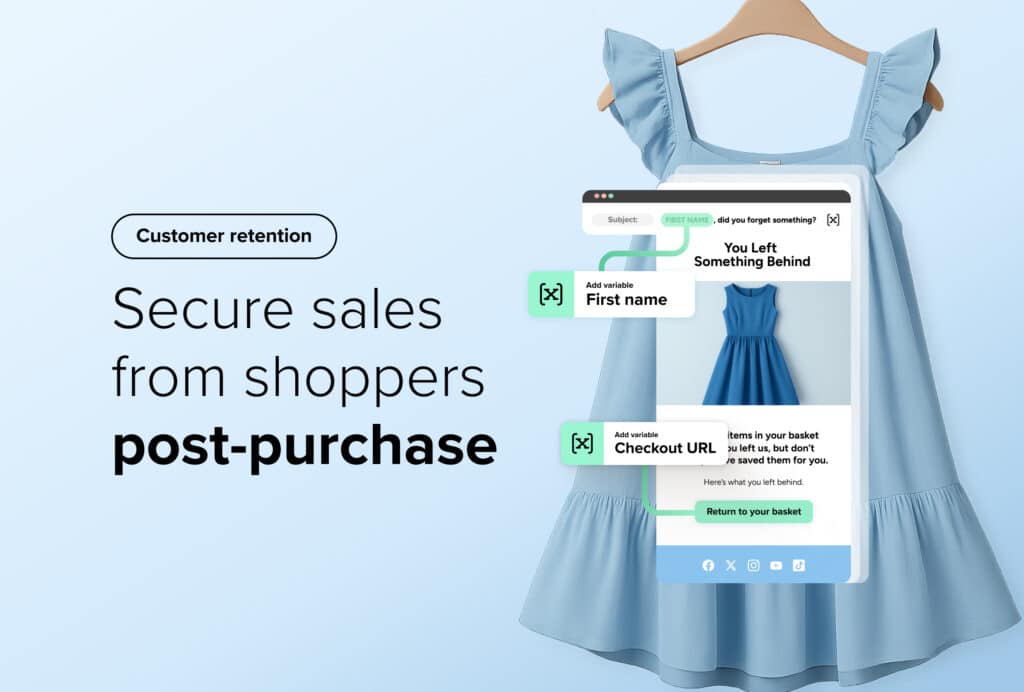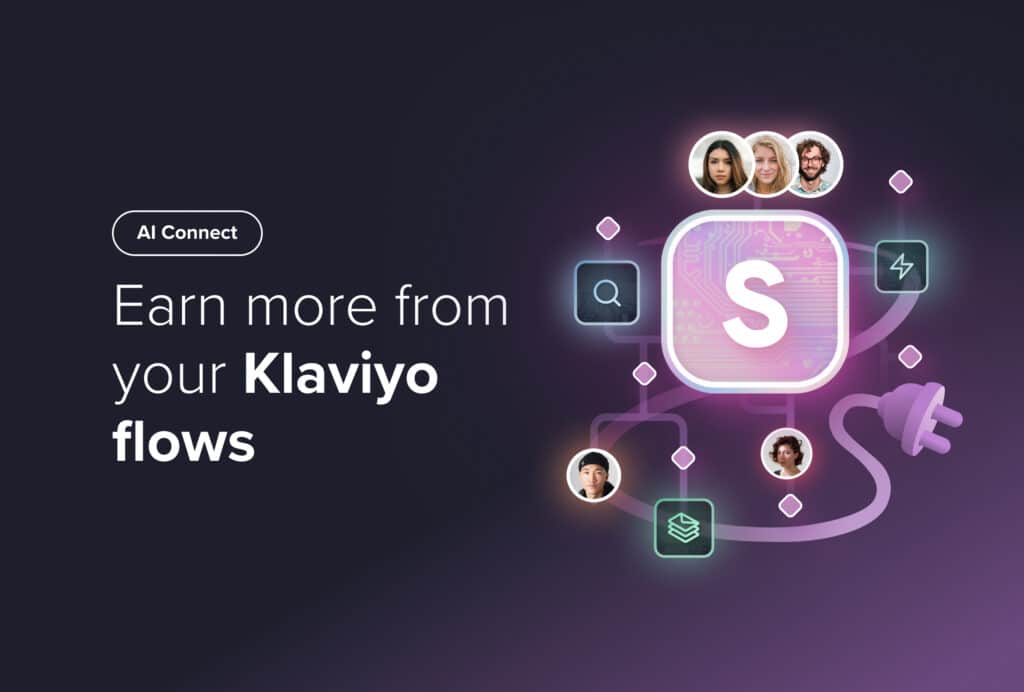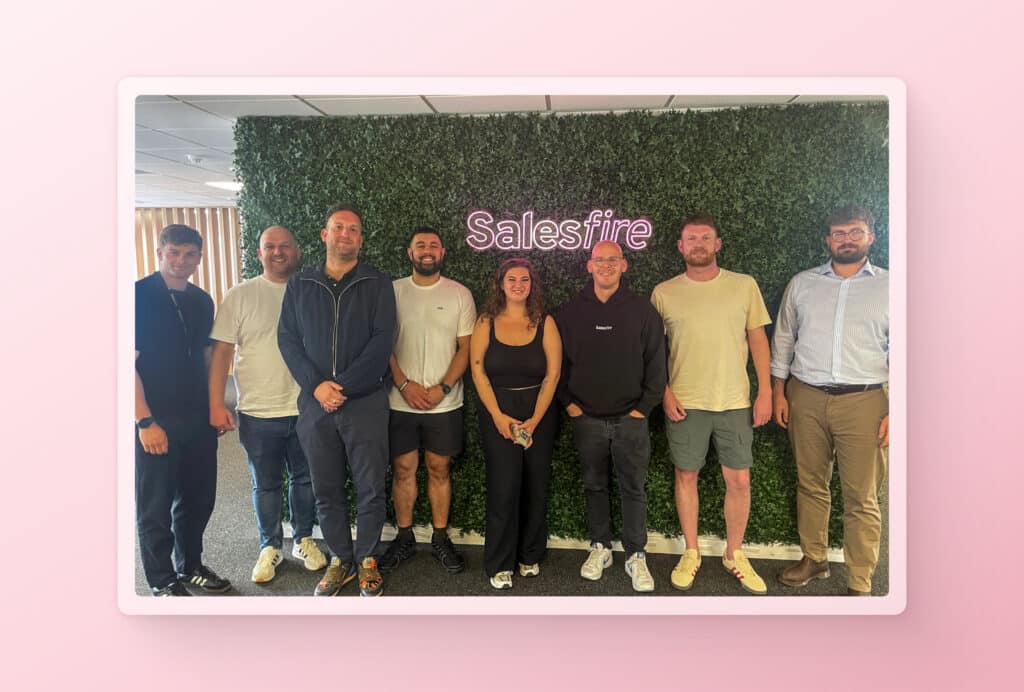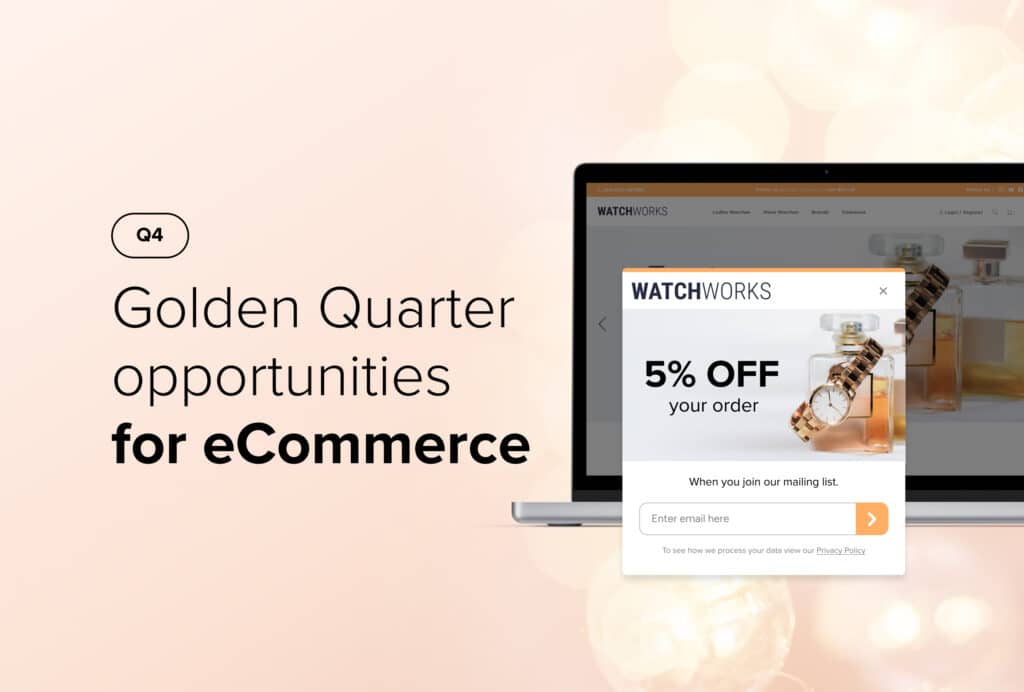How to Use the Post-Purchase Experience to Retain Customers
By Courtney O'Riordan • Last updated: Monday Jul 21st, 2025

Transform the end of the customer journey into the beginning of a loyal consumer relationship when you optimise your post-purchase experience.
With repeat buyers having a higher chance of converting as opposed to first-time visitors, customer loyalty is more valuable than ever before.
Below we’ll discuss how you can enhance your post-purchase experience to establish a base of returning customers.
What is the post-purchase experience?
The post-purchase experience refers to the interactions between you and your customer after they have purchased a product or service.
It typically consists of communication-based on consumer behaviour.
The aim is to ensure the recipient has had a positive encounter with your brand and increase the chance of them progressing from a first-time buyer to a repeat purchaser.
86% of customers say post-purchase is the main factor that affects whether they’ll choose to use a service again.
Statistics like these show how costly overlooking this element of the customer journey is.
We’ve pulled together a few strategies to help you begin reaping the benefits of a loyal customer through an optimised post-purchase experience.
How to drive loyalty through the post-purchase experience
The post-purchase experience is all about making customers feel valued and connected to your brand.
From the moment they check out, you can make sure their purchase isn’t a one-off with these loyalty-driving tips and strategies.
1. Show you care with personalised emails
In a time when consumers have so many online options, they can feel post-purchase regret more than ever before.
Combat this with the assurance that buying from your brand was the best decision through a tool that you are likely already using, emails.
Customers want a personalised experience that can be achieved with as little as swapping a generic opener such as ‘Hi there’ to ‘Hi insert name here’.
Why not also add their name to the subject line to ensure a higher open rate and a sense of exclusivity around the contents of the email?
If this is something you’re already doing, take your personalisation efforts up a level by providing informational content relating to a customer’s recent purchase from you.
Giving your customers product-specific tips on how to use, style or look after their latest purchase increases your value in the life of your consumer.
And whilst you’re on, adding in some recommendations related to their order could help to inspire their next purchase.
As long as a customer is receiving the personalised experience they require, you’ll receive their repeat custom.
2. Reward with loyalty schemes
We are continuing to feel the lasting effect of consumer habits formed during the height of the pandemic.
Price sensitivity, a need for convenience and a willingness to shop around has contributed to a decline in customer loyalty.
There’s no need to worry, all is not lost on the customer loyalty front.
69% of consumers basing their buying decisions on whether they’ll earn points/rewards is a promising statistic for those with a well-executed loyalty scheme.
With the option of point, paid, value-based or tiered programs it couldn’t be easier to create a loyalty scheme that aligns with your company’s branding and ethics.
The incentive of achieving a reward is a great way to secure repeat purchases and build a lasting connection with a customer from their very first post-purchase experience with you.
As they begin returning to you to collect points/rewards you’ll become ingrained in their routine. A routine that will tie you and your customer together in a mutually beneficial relationship.
3. Give the gift of discounts
Now, this may seem obvious but we’d hate for you to overlook offering discounts as a means to lay the foundations for customer loyalty.
Don’t make the mistake of using discounts for the sole purpose of acquiring consumers.
Establishing rewards such as exclusive discounts or free shipping for returning visitors encourages loyalty to an audience that has proven to have a higher AOV and is statistically easier to sell to.
You have the opportunity to build a bond with customers who are already beginning to form a relationship with your brand.
Continue to extend their lifetime value by giving them a discount immediately after they have placed an order.
Discount campaigns such as this provide a fresh, new incentive that motivates customers to return to your site.
Attach a time constraint to your discount to give that final nudge that may be needed to secure yet another repeat purchase.
4. Returning customer campaigns
It’s not only discount campaigns that can help draw first-time purchasers back to your site.
Show you value repeat customers by differentiating them from new visitors with returning customer campaigns that create a welcoming, personalised experience – without needing to offer a reward or discount.
Tracking user behaviour and past purchases, you can tailor the content on your site or create Overlay campaigns to match their past experience.
This could be as simple as a welcome back message when they revisit your homepage, allowing them to pick up where they left off.
Or with an AI-driven solution, you could suggest products based on their past purchases, recommending items similar to those you know they have already been persuaded to buy.
Setting up strategies that differentiate returning customers allows you to tailor the messaging and products they see to those that will resonate most with repeat purchasers.
5. Perfecting customer service
We always hope that a customer’s order will be received on-time and without issues, but sometimes things go wrong.
This is frustrating enough for shoppers without the added annoyance of poor customer service.
Perfecting your customer service experience for post-purchasers will make queries hassle-free and quickly resolve delivery and order problems that otherwise may have prevented them from making a future purchase.
Make sure it’s easy to contact your team and that customers can do this at a time that’s convenient for them – an on-site messenger service is great for this.
You can also revisit your delivery email automation and ensure that the communication in the delivery process is clear and informative.
Making sure your comms are optimised for the post-purchase experience will help you secure customers who are eager to buy again.
6. Create convenience with a straightforward returns process
Without knowing what your audience wants, you’ll struggle to convert them into loyal customers.
With over 90% of customers reportedly purchasing again if an eCommerce business has an easy, straightforward returns process, it couldn’t be clearer what they want.
Free and extended return periods can help to build a positive post-purchase experience for your customer.
Although offering this may be an added cost and hassle for an eCommerce business, it is important to remove this stressor from the customer’s experience in order to retain them.
Brands that optimise this element of their customer journey can compete with their competitors and secure returning customers.
Conclusions
With an increasingly competitive eCommerce industry, we’d recommend optimising your post-purchase experience to retain customers and ensure business growth.
Beginning to do so with the steps outlined in this article will help you to fulfil the needs of your audience and establish your brand as one to be trusted with repeat purchases.
See how Salesfire can help you optimise your product discovery experience, email one of our experts at [email protected] or book a free demo of our personalisation tools.



